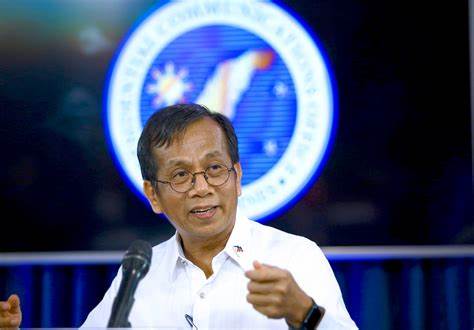The Philippine labor market continued to demonstrate resilience and a significant improvement in job quality in September 2025, according to the Department of Economy, Planning, and Development (DEPDev). Despite persistent global and domestic challenges, employment levels remained broadly stable, reflecting the economy’s capacity to generate more meaningful work for Filipinos.
The latest Labor Force Survey (LFS) released by the Philippine Statistics Authority (PSA) indicates that the underemployment rate eased notably to 11.1 percent, down from 11.9 percent recorded a year earlier. This improvement in job quality was primarily driven by a sharp decrease of 410,000 in invisibly underemployed workers, particularly within the transportation and storage, and administrative and support services sectors.
Meanwhile, the unemployment rate stood at 3.8 percent, a marginal uptick from 3.7 percent in September 2024. The Philippine job market performance remains competitive within the region.
Job creation was robust across key sectors. The construction sector led the gains, adding a substantial 514,000 workers year-on-year. The agriculture and fisheries sectors also posted strong employment growth, contributing around 439,000 new jobs during the period. The services sector remains the largest employer, accounting for 61.3 percent of total jobs.
The labor force participation rate (LFPR) decreased to 64.5 percent, from 65.7 percent last year. Among the youth (aged 15 to 24), LFPR also saw a decline, falling to 31.6 percent.
DEPDev Secretary Arsenio M. Balisacan underscored the importance of continuous skill development to sustain the labor market’s resilience.
“Our employment indicators continue to reflect the economy’s capacity to generate stable and meaningful jobs for millions of Filipinos, even amid uncertainties and headwinds,” Secretary Balisacan stated. “To build and strengthen the resilience of our labor markets, the Marcos Administration will focus on implementing strategies that create stable, high-quality jobs and expand opportunities for informal workers and the youth.”
He highlighted the recent passage of the Lifelong Learning Development Framework Act as a critical mechanism to ensure continuous and accessible learning for the workforce. The government is prioritizing efforts to upskill workers in emerging, in-demand areas such as digital literacy, green technologies, and higher-value outsourcing services to meet the demands of evolving, AI-driven industries.
The government’s strategy is guided by the Trabaho Para sa Bayan (TPB) Plan 2025-2034, the national blueprint for generating better-quality employment.
“Guided by the TPB Plan, we are steering the economy toward higher-paying and more productive employment by attracting quality investments, developing a skilled and competitive workforce, and modernizing our industries,” Balisacan concluded.




